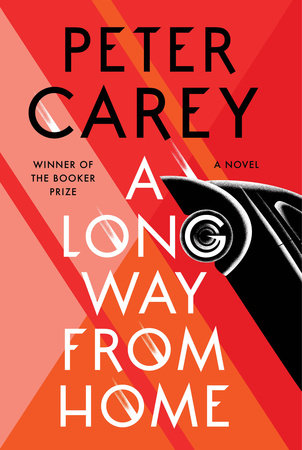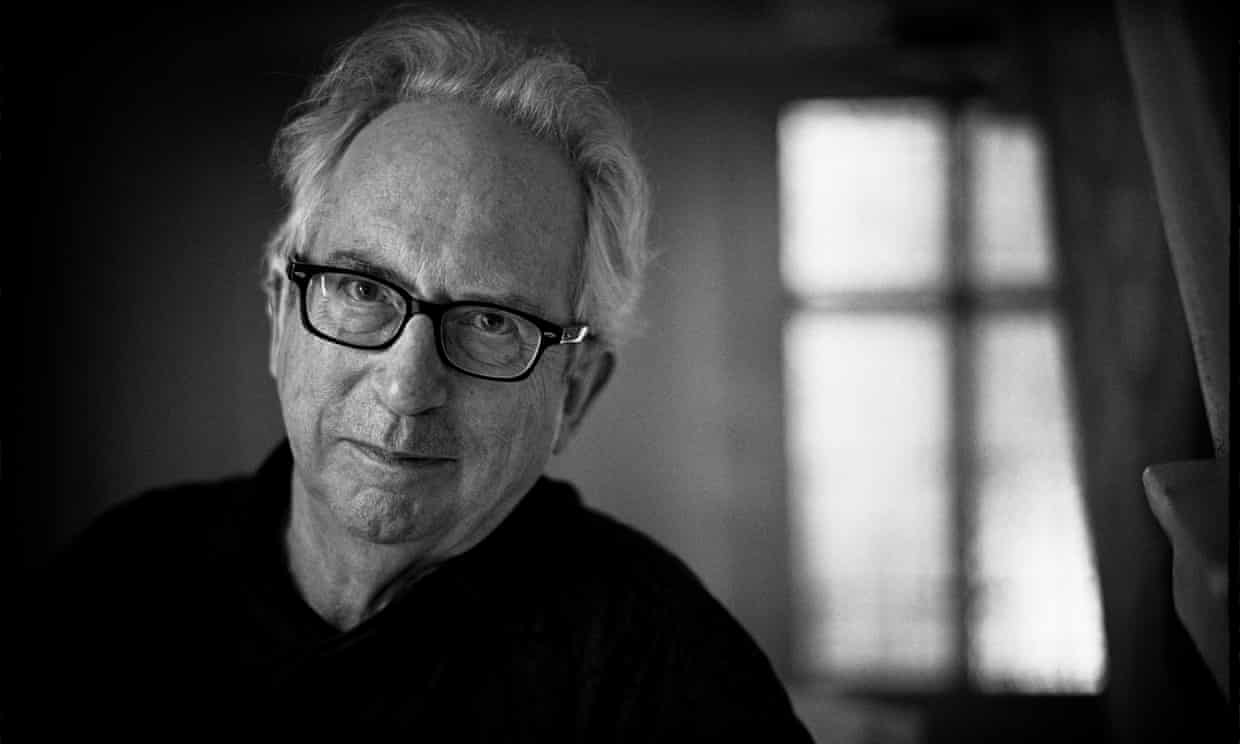The Palgrave International Handbook of Mixed Racial and Ethnic ClassificationPosted in Africa, Anthologies, Asian Diaspora, Books, Brazil, Canada, Caribbean/Latin America, Census/Demographics, Europe, History, Media Archive, Mexico, Oceania, Social Science, South Africa, United Kingdom, United States on 2020-01-31 02:28Z by Steven |
The Palgrave International Handbook of Mixed Racial and Ethnic Classification
Palgrave Macmillan
2020-01-21
817 pages
16 b/w illustrations, 17 illustrations in colour
Hardcover ISBN: 978-3-030-22873-6
eBook ISBN: 978-3-030-22874-3
DOI: 10.1007/978-3-030-22874-3
Edited by:
Zarine L. Rocha, Managing Editor
Current Sociology and Asian Journal of Social Science
Peter J. Aspinall, Emeritus Reader in Population Health
University of Kent, United Kingdom
Highlights
- Shows how classification and collection processes around mixedness differ between countries and how measurement has been changing over time
- Provides a window into the radical global changes in the trend towards multiple racial/ethnic self-identification that has been a feature of the recent past
- The first and only handbook to directly address the classification of mixed race/ethnicity on a global scale
- Pays specific attention to both the standard classifications and the range of uses these are put to – including social surveys and administrative data – rather than just census forms and data
This handbook provides a global study of the classification of mixed race and ethnicity at the state level, bringing together a diverse range of country case studies from around the world.
The classification of race and ethnicity by the state is a common way to organize and make sense of populations in many countries, from the national census and birth and death records, to identity cards and household surveys. As populations have grown, diversified, and become increasingly transnational and mobile, single and mutually exclusive categories struggle to adequately capture the complexity of identities and heritages in multicultural societies. State motivations for classification vary widely, and have shifted over time, ranging from subjugation and exclusion to remediation and addressing inequalities. The chapters in this handbook illustrate how differing histories and contemporary realities have led states to count and classify mixedness in different ways, for different reasons.
This collection will serve as a key reference point on the international classification of mixed race and ethnicity for students and scholars across sociology, ethnic and racial studies, and public policy, as well as policy makers and practitioners.
Table of Contents
- Front Matter
- Introduction: Measuring Mixedness Around the World / Zarine L. Rocha, Peter J. Aspinall
- Race and Ethnicity Classification in British Colonial and Early Commonwealth Censuses / Anthony J. Christopher
- The Americas
- Front Matter
- Introduction: North and South America / Peter J. Aspinall, Zarine L. Rocha
- The Canadian Census and Mixed Race: Tracking Mixed Race Through Ancestry, Visible Minority Status, and Métis Population Groups in Canada / Danielle Kwan-Lafond, Shannon Winterstein
- Methods of Measuring Multiracial Americans / Melissa R. Herman
- Mixed Race in Brazil: Classification, Quantification, and Identification / G. Reginald Daniel, Rafael J. Hernández
- Mexico: Creating Mixed Ethnicity Citizens for the Mestizo Nation / Pablo Mateos
- Boundless Heterogeneity: ‘Callaloo’ Complexity and the Measurement of Mixedness in Trinidad and Tobago / Sue Ann Barratt
- Mixed race in Argentina: Concealing Mixture in the ‘White’ Nation / Lea Natalia Geler, Mariela Eva Rodríguez
- Colombia: The Meaning and Measuring of Mixedness / Peter Wade
- Europe and the UK
- Front Matter
- Introduction: Europe and the United Kingdom / Peter J. Aspinall, Zarine L. Rocha
- The Path to Official Recognition of ‘Mixedness’ in the United Kingdom / Peter J. Aspinall
- Measuring Mixedness in Ireland: Constructing Sameness and Difference / Elaine Moriarty
- The Identification of Mixed People in France: National Myth and Recognition of Family Migration Paths / Anne Unterreiner
- Controversial Approaches to Measuring Mixed-Race in Belgium: The (In)Visibility of the Mixed-Race Population / Laura Odasso
- The Weight of German History: Racial Blindness and Identification of People with a Migration Background / Anne Unterreiner
- Mixed, Merged, and Split Ethnic Identities in the Russian Federation / Sergei V. Sokolovskiy
- Mixedness as a Non-Existent Category in Slovenia / Mateja Sedmak
- Mixed Identities in Italy: A Country in Denial / Angelica Pesarini, Guido Tintori
- (Not) Measuring Mixedness in the Netherlands / Guno Jones, Betty de Hart
- Mixed Race and Ethnicity in Sweden: A Sociological Analysis / Ioanna Blasko, Nikolay Zakharov
- Africa, the Middle East, and Central Asia and the Caucasus
- Front Matter
- Introduction: Africa, the Middle East, and Central Asia and the Caucasus / Zarine L. Rocha, Peter J. Aspinall
- The Classification of South Africa’s Mixed-Heritage Peoples 1910–2011: A Century of Conflation, Contradiction, Containment, and Contention / George T. H. Ellison, Thea de Wet
- The Immeasurability of Racial and Mixed Identity in Mauritius / Rosabelle Boswell
- Neither/Nor: The Complex Attachments of Zimbabwe’s Coloureds / Kelly M. Nims
- Measuring Mixedness in Zambia: Creating and Erasing Coloureds in Zambia’s Colonial and Post-colonial Census, 1921 to 2010 / Juliette Milner-Thornton
- Racial and Ethnic Mobilization and Classification in Kenya / Babere Kerata Chacha, Wanjiku Chiuri, Kenneth O. Nyangena
- Making the Invisible Visible: Experiences of Mixedness for Binational People in Morocco / Gwendolyn Gilliéron
- Measuring Mixedness: A Case Study of the Kyrgyz Republic / Asel Myrzabekova
- Asia and the Pacific
- Front Matter
- Introduction: The Asia Pacific Region / Zarine L. Rocha, Peter J. Aspinall
- Where You Feel You Belong: Classifying Ethnicity and Mixedness in New Zealand / Robert Didham, Zarine L. Rocha
- Measuring Mixedness in Australia / Farida Fozdar, Catriona Stevens
- Measuring Race, Mixed Race, and Multiracialism in Singapore / Zarine L. Rocha, Brenda S. A. Yeoh
- Multiracial in Malaysia: Categories, Classification, and Campur in Contemporary Everyday Life / Geetha Reddy, Hema Preya Selvanathan
- Anglo-Indians in Colonial India: Historical Demography, Categorization, and Identity / Uther Charlton-Stevens
- Mixed Racial and Ethnic Classification in the Philippines / Megumi Hara, Jocelyn O. Celero
- Vaevaeina o le toloa (Counting the Toloa): Counting Mixed Ethnicity in the Pacific, 1975–2014 / Patrick Broman, Polly Atatoa Carr, Byron Malaela Sotiata Seiuli
- Measuring Mixed Race: ‘We the Half-Castes of Papua and New Guinea’ / Kirsten McGavin
- Measuring Mixedness in China: A Study in Four Parts / Cathryn H. Clayton
- Belonging Across Religion, Race, and Nation in Burma-Myanmar / Chie Ikeya
- Recognition of Multiracial and Multiethnic Japanese: Historical Trends, Classification, and Ways Forward / Sayaka Osanami Törngren, Hyoue Okamura
- Back Matter








